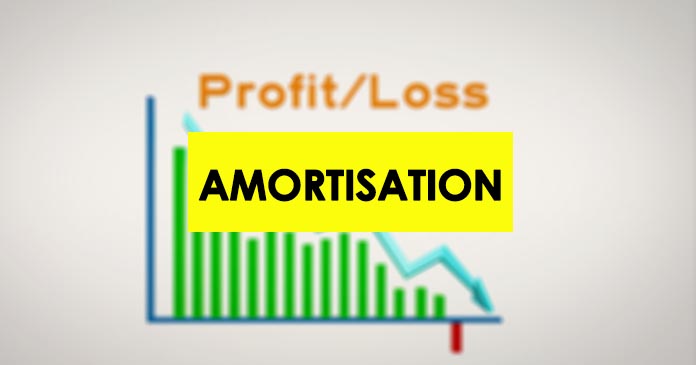Amortisation is an accounting technique used to periodically lower the book value of a loan or an intangible asset over a set period of time.
The term “amortisation” refers to two different situations.
- By recurring payments of interest and principal made over time, amortisation is utilized to pay off loans.
- For accounting and taxation purposes, the term “amortisation” can also refer to the distribution of capital costs related to intangible assets over a predetermined period, often over the life of the asset.
What is the difference between depreciation and amortisation?
There are two ways to estimate the worth of a corporate asset over time: amortisation and depreciation. Amortization is the process of distributing the cost of an intangible asset over its useful life. Depreciation is the expense of a fixed asset to reflect its expected deterioration.
What is an example of amortisation?
Loan amortisation: You currently owe $5,000 on a loan. The loan has amortized if you pay $1,000 of the principal each year. As an expense for amortization, you must record $1,000 per year in your accounts.
Why is amortisation important?
Amortisation is vital since it aids in the understanding and forecasting of costs for organizations and investors. Planning for the future also benefits from knowing how much debt the organization will have after a number of payments has been completed.
Amortising intangible assets is vital because it can lower a company’s taxable income and, thus, its tax bill while providing investors with a clearer picture of the business’s actual profits.


